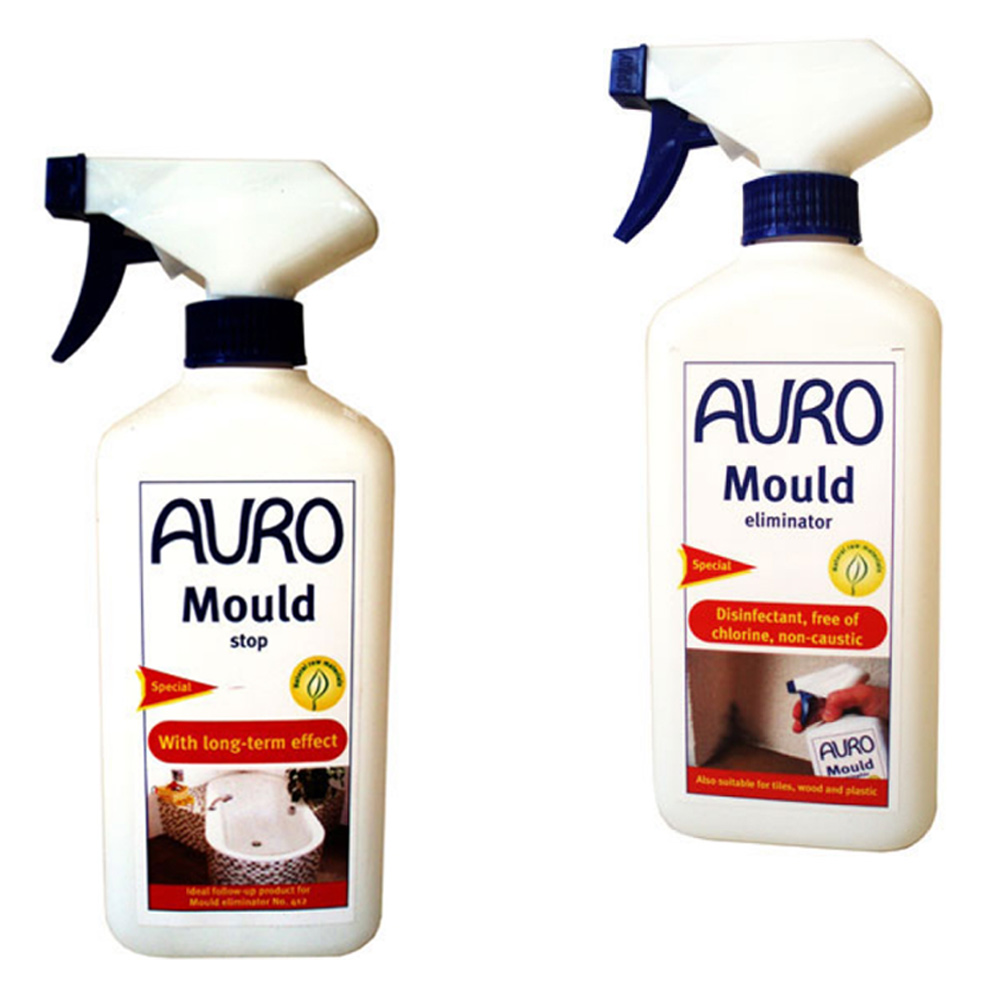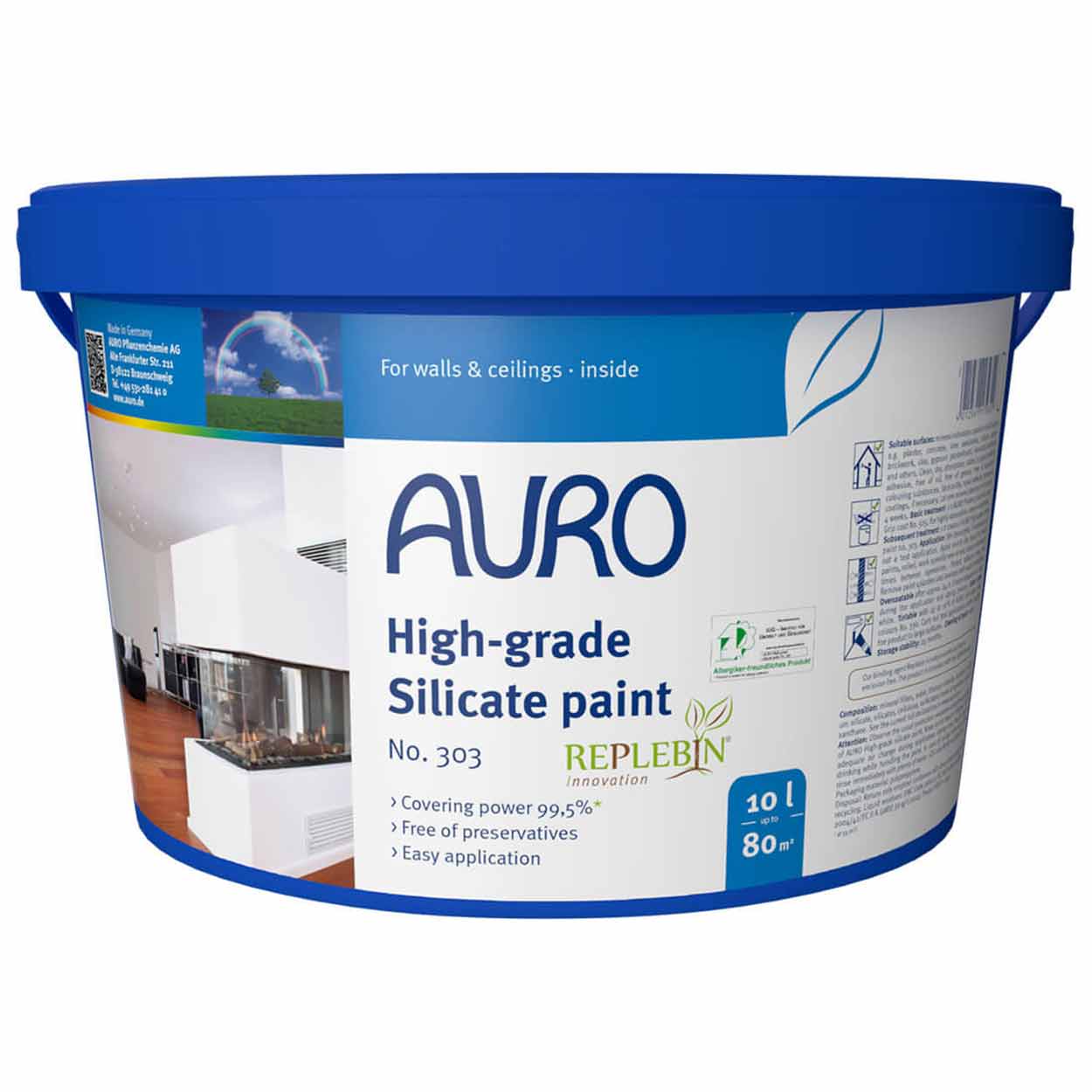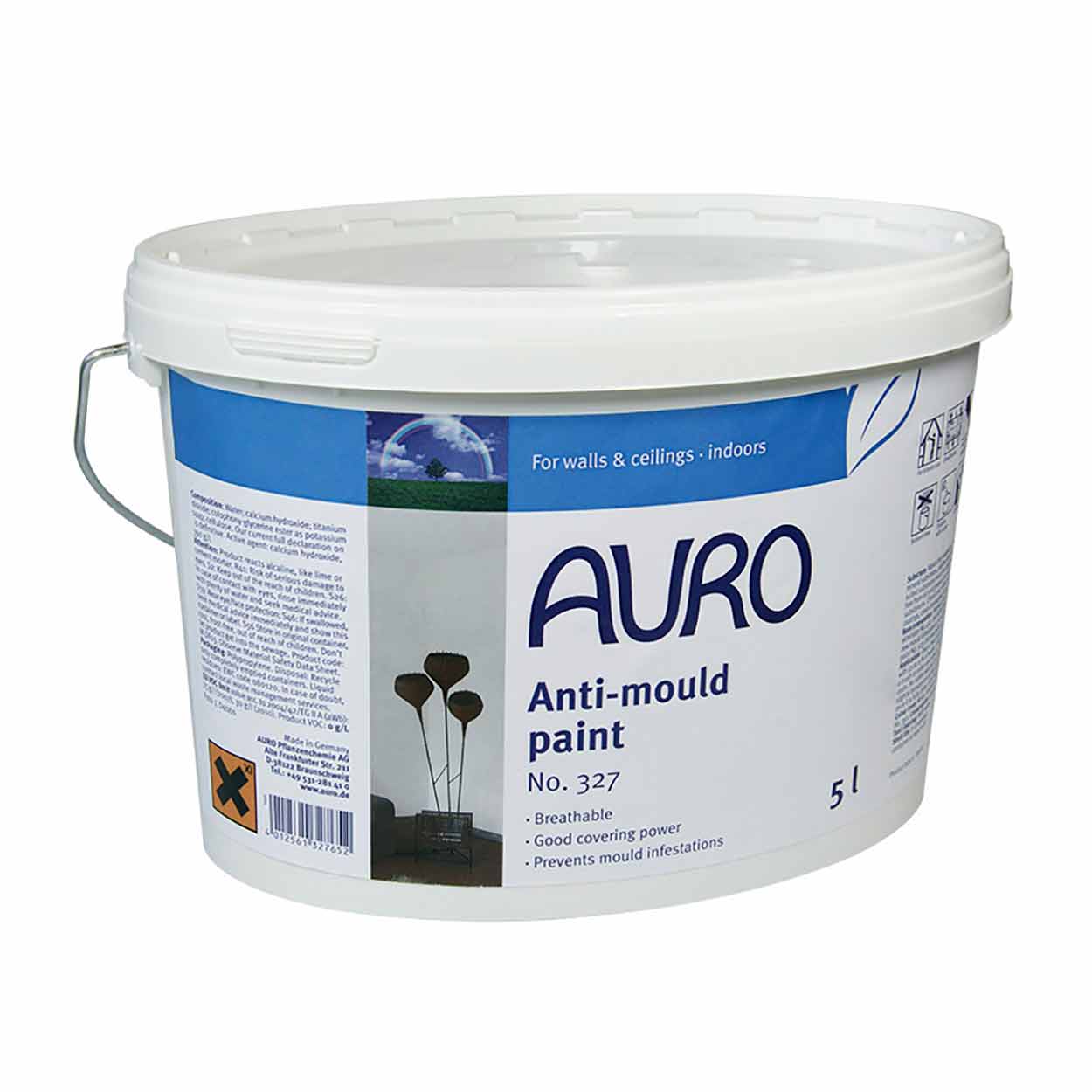How to get rid of mould on walls permanently with natural anti mould paint products, yes it's possible to be chlorine free!
**Updated Jan 2024
It's that time of year when it seems to have been raining non stop for weeks, everything is getting soggy and damp outside, and our walls have been permanently soaked through for ages. If we're not careful we can see black mould spores starting to appear on our internal walls, (or even the white mould spores on walls) in areas that are hard to get to, such in room corners or areas where there is a lack of air flow. Either black mould or white mould build-ups release all kinds of spores and nasties in the air which is not a good thing at all for you, or your families health.
I know from experience myself that it can be hard to remove mould from the walls of damp properties, or when you're renting houses and can't do much about the house structure, especially when you dread the mould removal job and the stench of chlorine bleach based toxic sprays. Fortunately, natural mould removers can clean mould off walls permanently and naturally.
What causes mould on walls?
Not enough airflow around the affected areas can cause a buildup of black mould, as well as moisture buildup from fluctuations in temperature, human habitation and structural shortcomings can all lead to mould issues. If you're having mould problem in your property – or want to help someone else that might not know that there is actually a way to control mould without reaching for standard chemical off the shelf products – we have a great range of mould sprays that do work just as well (actually better than most long term!)
Mould loves humidity, and there are many sources of humidity around your home. Common causes can often stem from broken gutters, which when broken keep external walls damp (usually on the corners of your building) – all of this can add up and lead to almost permanently damp walls, and twinned with a lack of airflow on the inside wall can easily result in nasty black mould on your walls.
What natural mould removers can I use to remove black mould stains?
- Baking soda
- Vinegar
- Tea tree oil
The sort of advice they give is…
Add a ¼ teaspoon baking soda to 2 cups of water.
Pour the solution into a spray bottle.
Spray the mouldy area and scrub it with a brush.
Rinse the area.
Treat the area again with the baking soda solution to prevent mould from returning quickly.
White Vinegar
Using vinegar could not be simpler. All you need to do is spray it directly on to the affected area, or alternatively, spray the vinegar on to a rag and then apply it on the mould this way. Wait for up to 60 minutes if necessary, do it again and then finish off by wiping the area clean with a damp rag.
Again this is a good non-toxic way of defeating your black mould. Simply mix 2 teaspoons of tea tree oil with 2 cups of water. Put the mixture into a spray bottle and spray onto the mould. As above leave it to kill the mould for 60 minutes before scrubbing and wiping it away.
Can black mould on my walls affect my health?
The dangers of mould spores is actually worse than most people think, causing allergic reactions, exacerbating asthma, more common colds, shortage of breath and many other issues. You should be naturally using eco friendly products that are both breathable and chlorine free, no nasty chemicals and toxic fumes.
How to get rid of black mould off the walls naturally?
If you would like to remove those mouldy areas with natural products, here's what to do. Start with a spray bottle of a a mix of water, vinegar and tea tree oil, this is your classic 'mould remover' – you spray this natural eliminator directly onto the areas of black mould, such as on tiles, walls, wood or plastic, interior or exterior. Ideally leave to soak into the mould for around an hour, and then clean off with a soft brush or sponge to get rid of the residues. Once you have taken the mould off, use another clean damp cloth to finish up the job. You'll now have a mould free surface you can now take steps to protect it from future build up.
It stands to reason that even with all the mould protector in the world, if you have a damp wall and no air flow, you're going to get some form of mould build up eventually, it's just inevitable, but most of the time it's because we're storing things too close to the wall, boxes / shelves / book cases / sofas etc, so the wall never has a proper chance to dry out. If you can get outside and fix the actual cause, we would advise this first!
How can I stop mould on walls building up in the future?
Natural lime paints have a naturally high PH level, which really makes a huge different in mould build up. I would use one of the natural anti mold lime paints such as the Graphenstone Ecosphere for interior walls, and Graphenstone Biosphere for the external walls. These are easy to apply natural lime paints, and will be a much better preventative than an 'ordinary house paint'
If I can help with any questions, please just get in contact and I'll do my best to help as soon as I can!
How to get rid of household mould build up the natural eco friendly way, and safely remove black mould patches in your bedroom and bathroom.
Mould is a serious problem for householders and can have important consequences on our health and buildings. It is therefore important to deal with the causes of mould in order to ensure its long term prevention and management.
What is mould?
Mould is caused by different types of microscopic fungi. These fungi are found everywhere and are an integral part of the ecosystem. In the home environment may colonise damp and poorly ventilated spaces, causing mould. They feed with organic matter and are reproduced by releasing spores. Mould creates ugly dark patches, which left untreated can damage the fabric of buildings; but it is the fungal spores that are of most concern for our health, and can cause asthma, sinusitis, bronchitis and other lung diseases and allergic reactions.
Signs of mould
The most common signs of mould are:
- Surfaces with black-green patches
- A bad smell
- Partial or total destruction of clothes, furniture, carpets and other items
- Respiratory and allergic health problems,
Factors that sustain and exacerbate the problem of mould in houses
The development of mould in a house is a combination of many factors:
- Humidity – Mould grows when the indoor relative humidity is high (> 70%) or moisture comes into the house, e.g. from the ground, or imperfections in walls and roofs.
- Organic matter, e.g. dirt, dust, traces of fats. The existence of organic matter provides food and space for mould to grow.
- Lack of ventilation
- Relatively high temperatures: ≥ 24 – 25 oC
- Lack of lighting – Darkness helps mould to retain moisture and promote its growth.
Where does mould form?
Mould may be found anywhere in the house, but is commonly found:
1) On cold, non-insulated construction materials, e.g. window frames, beams and pillars.
2) In rooms with high relative humidity, such as bathrooms, kitchens, laundry rooms, especially where there is a lack of ventilation.
3) Underground – Mould needs oxygen to develop, but not light. Damp basements are ideal for the growth and spread of mould.
4) Cupboards in contact with the outer shell of the house.
5) Behind furniture, near the outer shell of the house.
Preventive and corrective measures against mould
The greatest enemies of mould are cleanliness, good ventilation and lack of moisture. The causes of condensation and moisture must be identified and immediate action must be taken to control, reduce or eliminate it. There are a few steps you can follow in order to prevent mould.
Prevent condensation
- All cold water pipes should be thermally insulated with suitable materials.
- Thermal bridging between interior and exterior surfaces should be minimised where possible.
- If you can't avoid them, you can apply anti-mould paint.
2) Detection and repair of damp.
3)Regular ventilation. After you finish your bath or shower, open a window or ventilate mechanically. Keep the bathroom door closed so that water vapour does not diffuse into the rest of the house. Our range of natural bathroom paints can help reduce the chances of mould returning.
4) Reduction and rationalisation of vapour production. Bathrooms and kitchens should have natural or mechanical ventilation. There should be no unnecessary use of humidifiers. Also, avoid drying clothes on radiators.
5) Identify water egress in roofs, walls and basements and repair them.
6) Remove infected objects.
You may also find our article discussing why we think breathable paint is best for mould prevention useful.

Hi! I’m Chris, the founder of The Organic & Natural Paint Co, and I’m focused on the education and promotion of natural non toxic alternatives to chemical laden everyday products that we just take for granted. We have a choice, and I want to raise awareness of alternative products that don’t actually harm us!
This company is my way of pushing the awareness of better indoor air quality, something that I am personally passionate about due to my own children’s breathing medical conditions. I just couldn’t paint with big brand standard petrochemical paint any longer and wanted another solution.
Read more: About me
Twitter: NaturalPaintCo
Instagram: cleanairclubofficial




